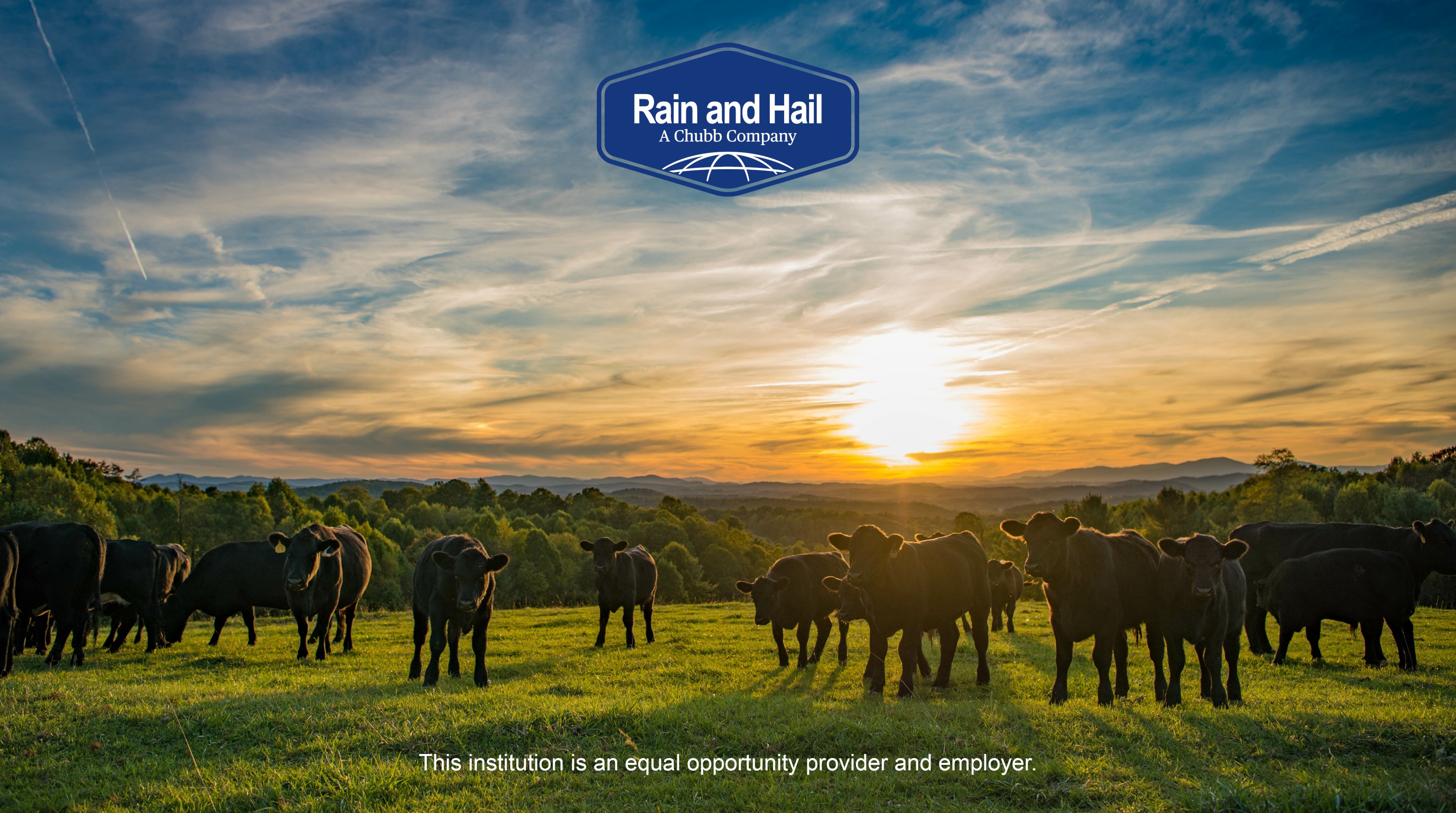Protecting Success: Bagley Risk Management Solutions
Protecting Success: Bagley Risk Management Solutions
Blog Article
Comprehending Livestock Risk Protection (LRP) Insurance Coverage: A Comprehensive Overview
Browsing the realm of animals threat security (LRP) insurance can be an intricate undertaking for numerous in the agricultural industry. This kind of insurance policy uses a safety internet against market variations and unforeseen circumstances that can influence livestock producers. By recognizing the ins and outs of LRP insurance, manufacturers can make educated choices that may guard their operations from monetary threats. From exactly how LRP insurance coverage functions to the different coverage options readily available, there is much to uncover in this thorough overview that could possibly shape the method animals producers approach danger monitoring in their services.

Just How LRP Insurance Policy Functions
Sometimes, recognizing the auto mechanics of Livestock Danger Defense (LRP) insurance can be complex, however damaging down how it functions can give clarity for breeders and farmers. LRP insurance coverage is a risk monitoring device made to secure livestock producers versus unexpected price declines. It's essential to keep in mind that LRP insurance is not a profits warranty; instead, it focuses exclusively on rate risk security.
Eligibility and Insurance Coverage Options

When it comes to protection alternatives, LRP insurance supplies manufacturers the adaptability to choose the protection level, protection duration, and recommendations that ideal suit their threat monitoring requirements. By comprehending the eligibility standards and insurance coverage options offered, livestock producers can make informed decisions to manage danger efficiently.
Pros and Disadvantages of LRP Insurance
When reviewing Animals Danger Protection (LRP) insurance, it is necessary for livestock producers to evaluate the advantages and disadvantages inherent in this risk administration device.

One of the primary advantages of LRP insurance coverage is its capacity to offer protection against a decrease in animals costs. This can assist secure manufacturers from monetary losses arising from market variations. In addition, LRP insurance uses a level of versatility, allowing manufacturers to customize coverage degrees and plan periods to suit their particular requirements. By securing a guaranteed cost for their livestock, producers can better handle risk and strategy for the future.
Nonetheless, there are also some drawbacks to think about. One restriction of LRP insurance coverage is that it does not protect against all kinds of risks, such as disease outbreaks or natural calamities. In addition, premiums can occasionally be pricey, specifically for manufacturers with big livestock herds. It is essential for producers to very carefully examine their specific danger exposure and monetary situation to identify if LRP insurance coverage is the best risk monitoring device for their operation.
Recognizing LRP Insurance Premiums

Tips for Optimizing LRP Benefits
Taking full advantage of the advantages of Animals Danger Protection (LRP) insurance policy requires calculated planning and aggressive risk administration - Bagley Risk Management. To maximize your LRP protection, consider the complying with pointers:
Regularly Evaluate Market Conditions: Keep educated concerning market patterns and rate changes in the livestock sector. By checking these variables, you can make enlightened choices about when to purchase LRP protection to secure against possible site link losses.
Set Realistic Coverage Degrees: When choosing coverage degrees, consider your production expenses, market worth of animals, and potential threats - Bagley Risk Management. Setting reasonable insurance coverage degrees makes certain that you are effectively shielded without paying too much for unnecessary insurance coverage
Expand Your Protection: Rather than counting only on LRP insurance, consider diversifying your threat management strategies. Combining LRP with other threat management tools such as futures contracts or options can supply comprehensive protection versus market unpredictabilities.
Testimonial and Visit Website Readjust Insurance Coverage Regularly: As market conditions alter, periodically review your LRP coverage to ensure it aligns with your existing danger direct exposure. Readjusting insurance coverage degrees and timing of purchases can assist optimize your danger defense technique. By following these tips, you can make the most of the benefits of LRP insurance policy and secure your livestock procedure versus unpredicted dangers.
Final Thought
In conclusion, animals risk security (LRP) insurance is a beneficial device for farmers to manage the economic risks connected with their animals procedures. By recognizing just how LRP works, eligibility and insurance coverage alternatives, as well as the pros and cons of this insurance policy, farmers can make educated choices to safeguard their resources. By very carefully considering LRP costs and implementing strategies to take full advantage of advantages, farmers can reduce potential losses and make certain the sustainability of their procedures.
Livestock producers interested in pop over to these guys getting Animals Threat Protection (LRP) insurance policy can explore a range of qualification requirements and insurance coverage choices customized to their specific livestock procedures.When it comes to insurance coverage options, LRP insurance offers manufacturers the versatility to select the coverage level, insurance coverage duration, and endorsements that finest suit their threat administration needs.To grasp the ins and outs of Animals Risk Protection (LRP) insurance coverage fully, comprehending the elements affecting LRP insurance policy costs is vital. LRP insurance coverage premiums are figured out by different components, including the protection level chosen, the expected cost of livestock at the end of the insurance coverage period, the kind of animals being insured, and the length of the protection period.Review and Adjust Insurance Coverage Regularly: As market conditions alter, regularly review your LRP insurance coverage to ensure it lines up with your present risk exposure.
Report this page